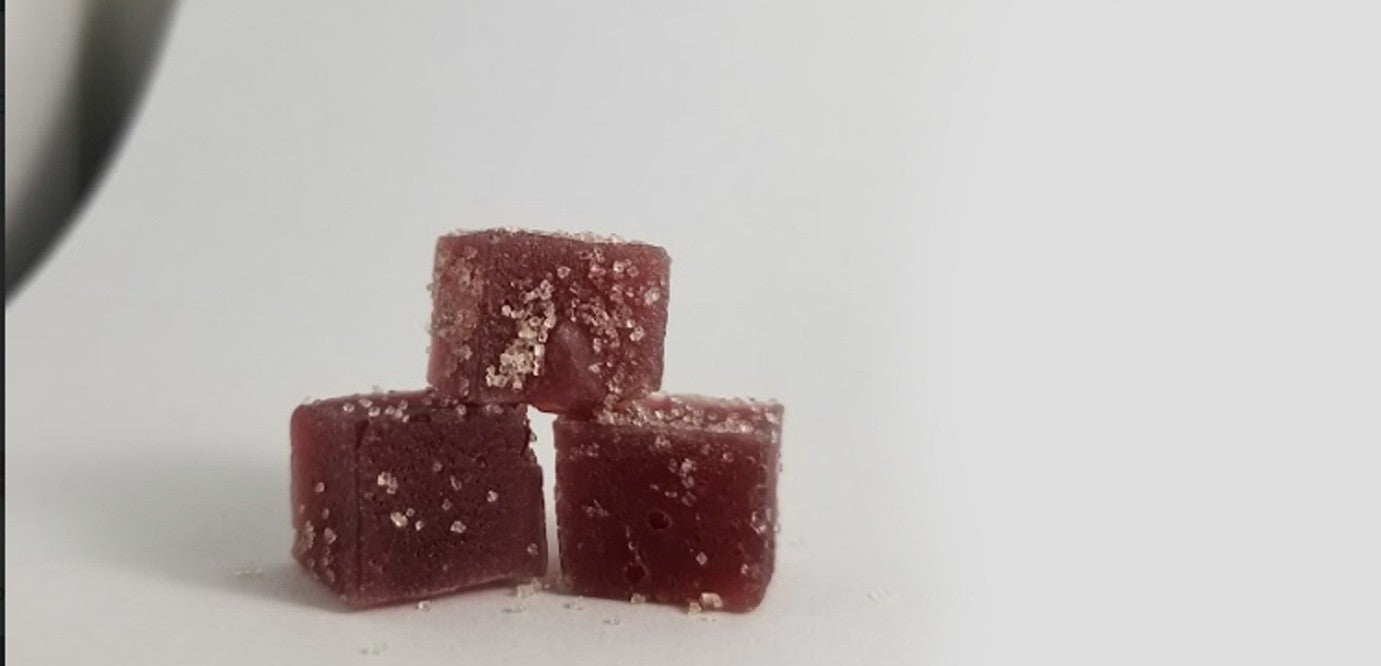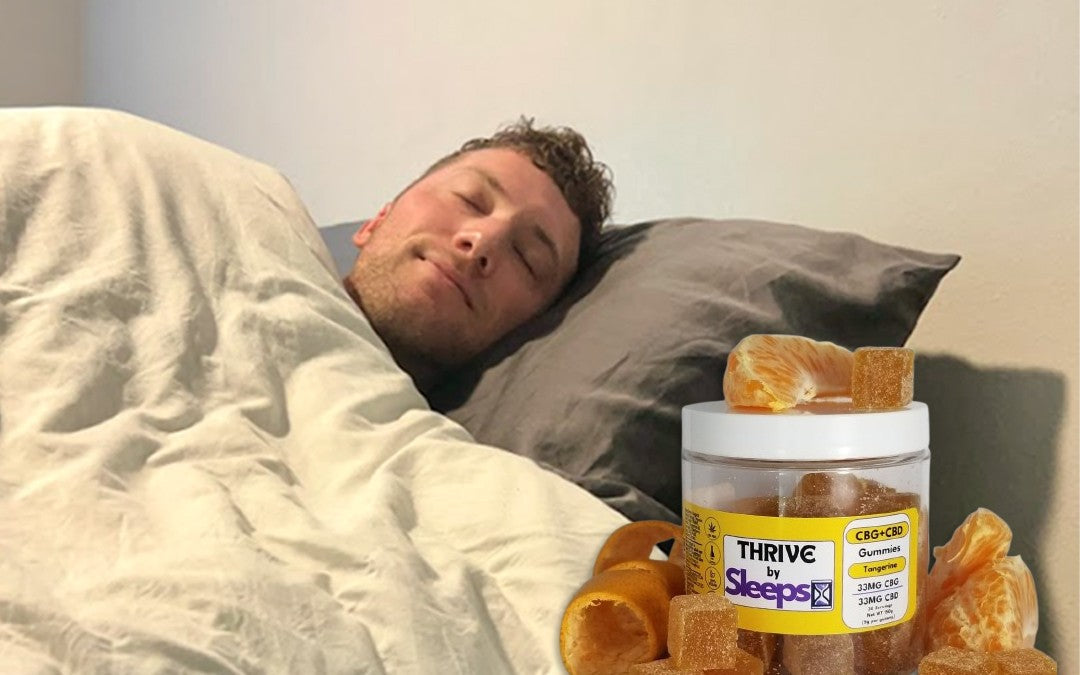Getting a good night's sleep is essential for your health and well-being, but falling asleep quickly can sometimes feel like an impossible task. Whether you're dealing with stress, anxiety, or just the normal fluctuations of life, lying awake at night can be frustrating. However, with the right techniques, you can train your body and mind to fall asleep in ten minutes or less. Let's explore several effective methods.
The Military Method
The military method, developed to help soldiers fall asleep in challenging environments, focuses on mental and physical relaxation. Start by relaxing the muscles in your face, including your tongue, jaw, and the muscles around your eyes. Drop your shoulders as low as they'll go, followed by your upper and lower arms. Breathe out, relaxing your chest, legs, thighs, and calves. Spend a few seconds visualizing a relaxing scene. If this doesn’t work, try repeating “don’t think” for 10 seconds. The goal is to clear your mind and enter a state of deep relaxation, allowing sleep to naturally take over.
Progressive Muscle Relaxation (PMR)
Progressive Muscle Relaxation involves tensing and then relaxing different muscle groups in your body. Start with your toes and work your way up to your forehead. Tense each muscle group for five seconds, then relax for 30 seconds, and move to the next group. This technique helps alleviate physical tension and calms your mind, making it easier to fall asleep.
Guided Imagery
Guided Imagery is a powerful method for calming your mind. Close your eyes and imagine a peaceful scene, such as a beach at sunset or a quiet forest. Focus on the details in your scene—the sounds, the smells, the colors. This focus on positive images can reduce the mental chatter that keeps you awake.
Meditation and Mindfulness
Meditation and mindfulness can also prepare your body for sleep. Sit or lie down in a comfortable position. Close your eyes, and focus on your breath, noticing how your body feels. When your mind wanders, gently redirect your attention to your breath. Even a few minutes of meditation can signal to your body that it's time to wind down.
Breathing Exercises
Breathing exercises are another effective way to induce sleep quickly. The 4-7-8 method is particularly useful. Here's how to do it:
- Empty your lungs of air.
- Breathe in quietly through your nose for 4 seconds.
- Hold your breath for 7 seconds.
- Exhale forcefully through the mouth, pursing your lips, for 8 seconds.
- Repeat this cycle four times.
This breathing pattern helps reduce anxiety and slows down your heart rate, making it easier to fall asleep.
Acupressure for Sleep
Acupressure involves applying pressure to specific points on your body to promote relaxation and sleep. Some effective points for sleep include:
- The spirit gate point on your wrist.
- The three yin intersection on your leg, just above your ankle.
- The wind pool on the back of your neck.
Applying gentle pressure to these points can help calm your mind and improve your sleep quality.
Conclusion
Falling asleep quickly doesn't have to be a nightly struggle. By incorporating these techniques into your bedtime routine, you can enjoy the benefits of restful sleep and wake up feeling refreshed and ready to tackle the day. For an extra boost of relaxation, consider adding SleepsCBN gummies to your routine. Their natural, hemp-derived CBN formula can complement these techniques, ensuring you drift off to sleep effortlessly and wake up without grogginess.
Remember, consistency is key. With practice, these methods can help you fall asleep in ten minutes or less, transforming your sleep experience. Sweet dreams!
References
- "How to Fall Asleep Fast: 5 Tested Strategies." Sleep Foundation. Sleep Foundation.
- "7 Ways to Fall Asleep Fast: Expert-Recommended Strategies." National Council on Aging. NCOA.
- "How To Fall Asleep Fast In Minutes: 20 Tips & Tricks To Try." Mindbodygreen. Mindbodygreen.
These sources provide a deep dive into the techniques and rationale behind each method, offering readers additional resources for further exploration into improving their sleep hygiene.




